Welcome back from Christmas break! Did you get your batteries recharged? I did. I had a blast spending time with my family last week and am always very grateful for the break from the daily grind.
But moving on to more DIY things, this is a project I actually finished before Christmas but didn’t get around to blogging about until now. The table I have in my dining room was in my grandfather’s office for a really long time and has seen better days. It has water rings and unknown stains all over the top; you can see them pretty clearly here and here. So when I took all of my fall décor off, I decided it was time to try to make it look a little bit nicer. Check out that damage:
I had seen a Pinterest tip about ironing with a dry cloth to try to remove water rings, and decided I had nothing to lose. But apparently I had nothing to gain either. That little trick did NADA to my (probably decades old) water stains. So next I busted out my favorite wood restoration product, Howard’s Feed N Wax. Although I have had a ton of luck using this stuff on other pieces of wood (see this link) I didn’t have high hopes for this table… it was in BAD shape. And I wasn’t sure the Feed N Wax would be able to take care of the water rings.
This stuff is so simple to use (and it smells deliciously citrus-y): wipe it onto the table in the direction of the wood grain, wait 20 minutes, buff out with a dry cloth and wipe off any excess. One coat of that and a little bit of elbow grease and here’s how she was looking afterwards:
It is still far from perfect (and you can tell that the two leaves weren’t used for many of the years), but it looks SO MUCH BETTER. I can’t even express how much of a difference it made for this table… even my twin brother noticed… and he isn’t the most observant of people!
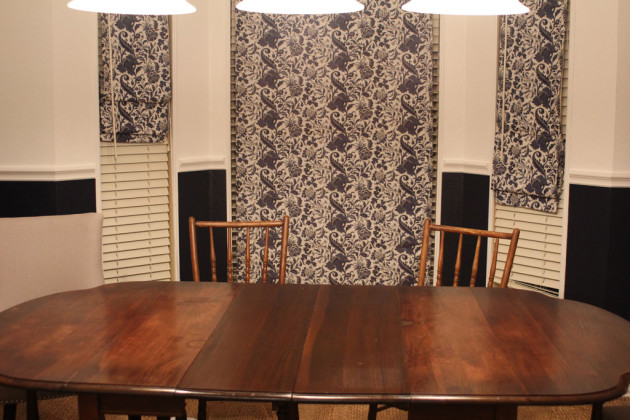 It makes me want to use this on every piece of wood furniture I own!! I’m definitely not paid or perked to say anything about this product, but I love it so much. I’ve had the same bottle for a couple of years and used it on some pretty substantial pieces and still have a ton leftover. You can find it by the stains/wood conditioners in any of your hardware/big box stores. This is one of those easy fixes that every time I do I think… why didn’t I do this sooner?! It is so easy and makes a ton of difference! And just for fun, a couple more before and afters:
It makes me want to use this on every piece of wood furniture I own!! I’m definitely not paid or perked to say anything about this product, but I love it so much. I’ve had the same bottle for a couple of years and used it on some pretty substantial pieces and still have a ton leftover. You can find it by the stains/wood conditioners in any of your hardware/big box stores. This is one of those easy fixes that every time I do I think… why didn’t I do this sooner?! It is so easy and makes a ton of difference! And just for fun, a couple more before and afters:

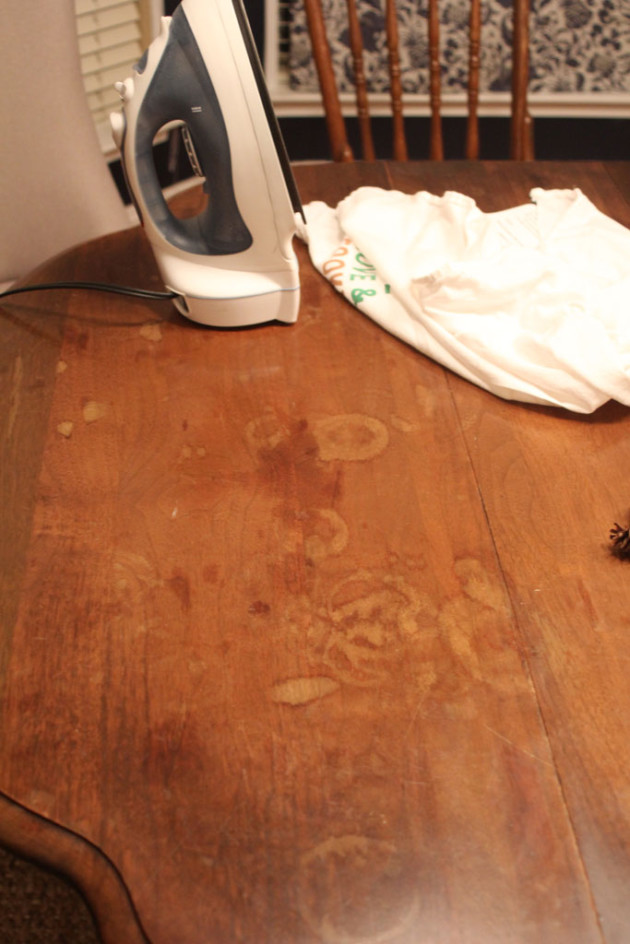

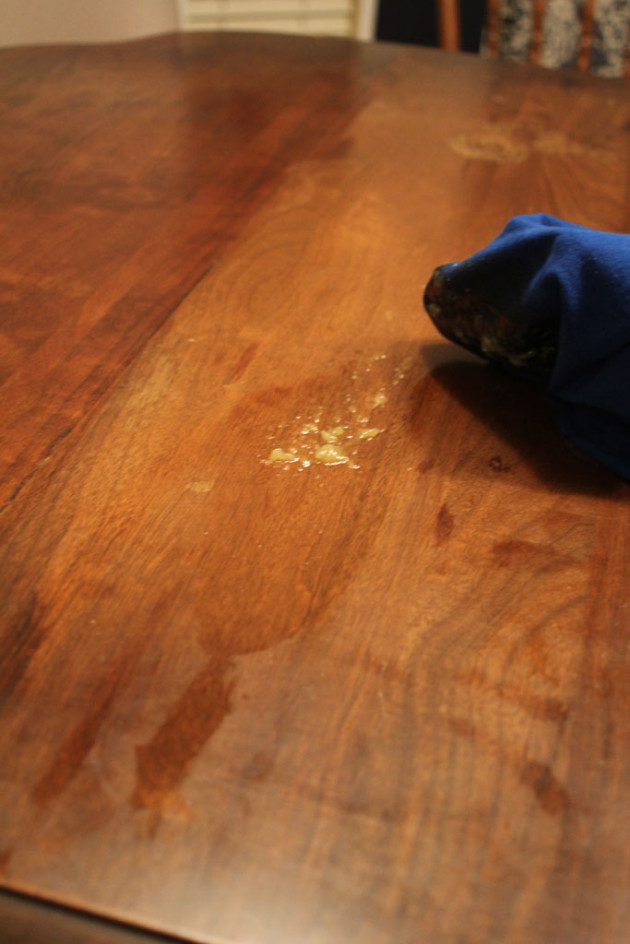
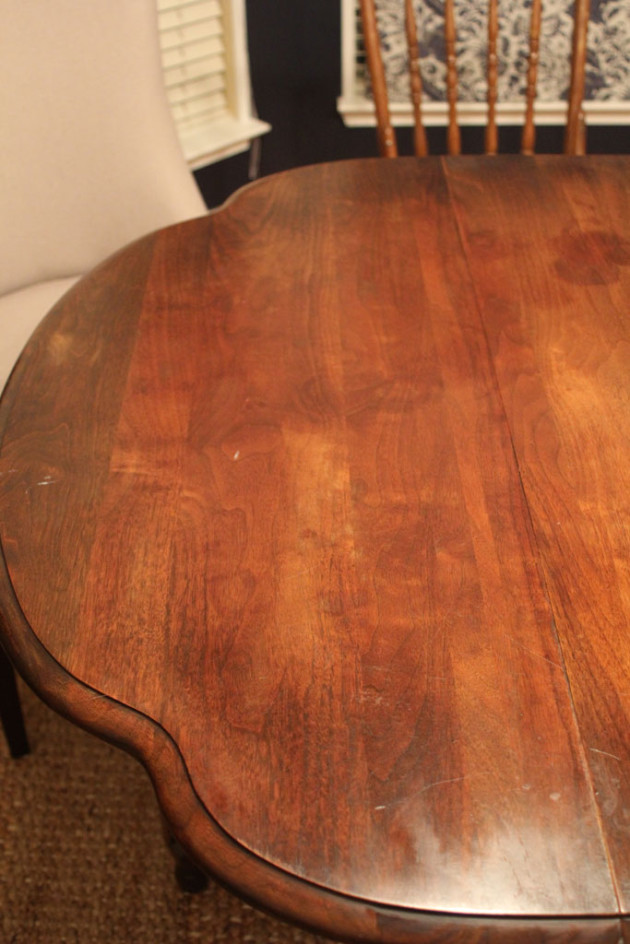
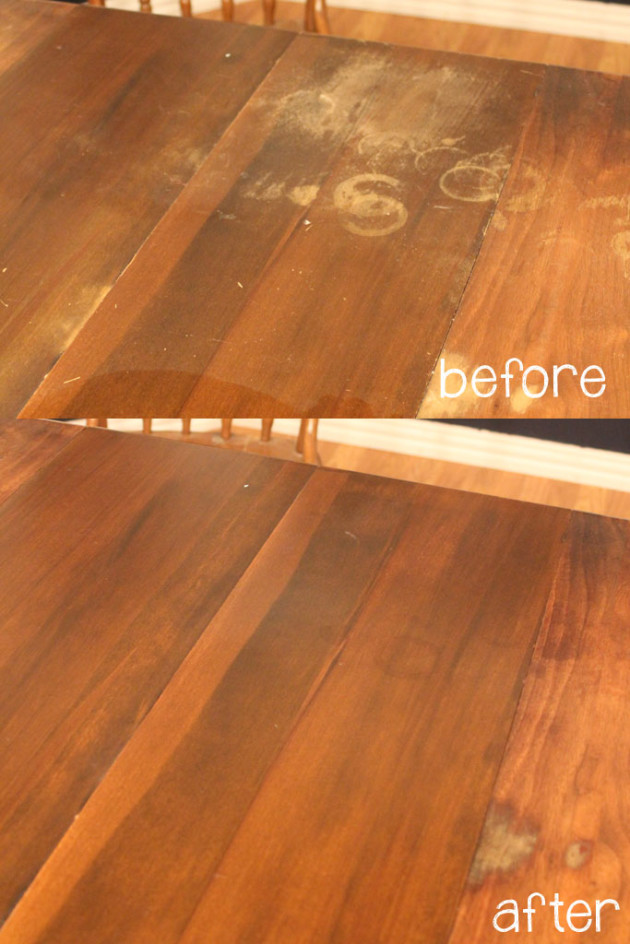
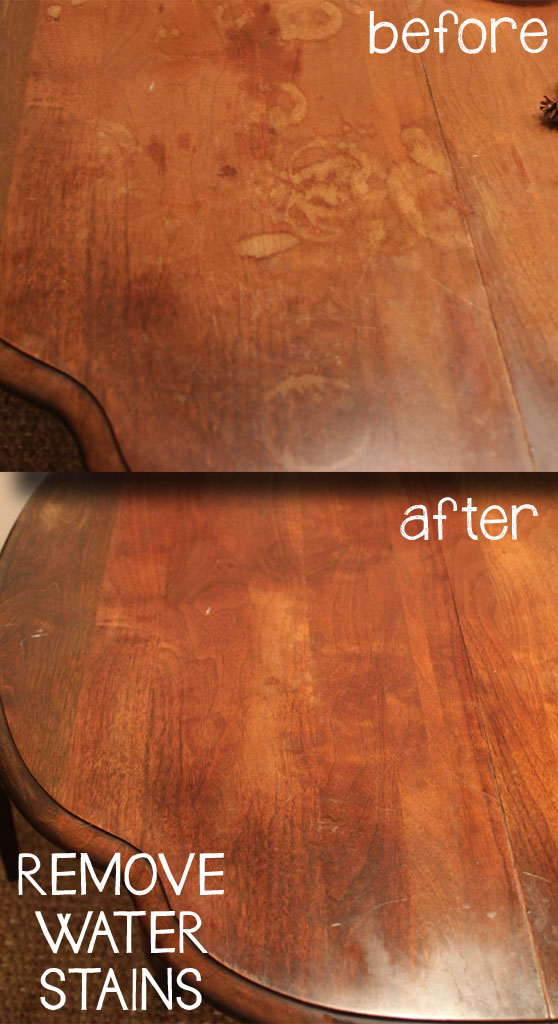
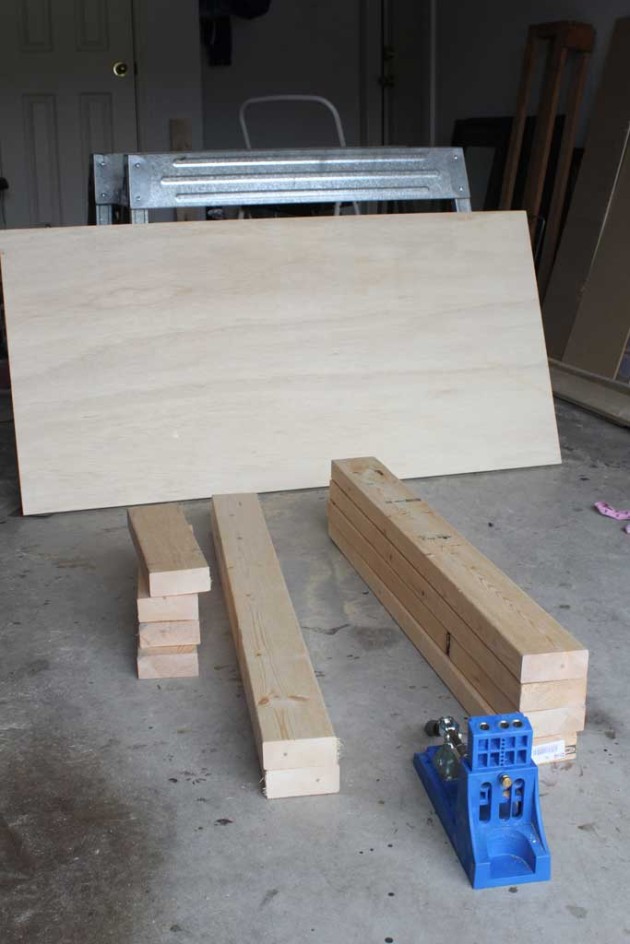
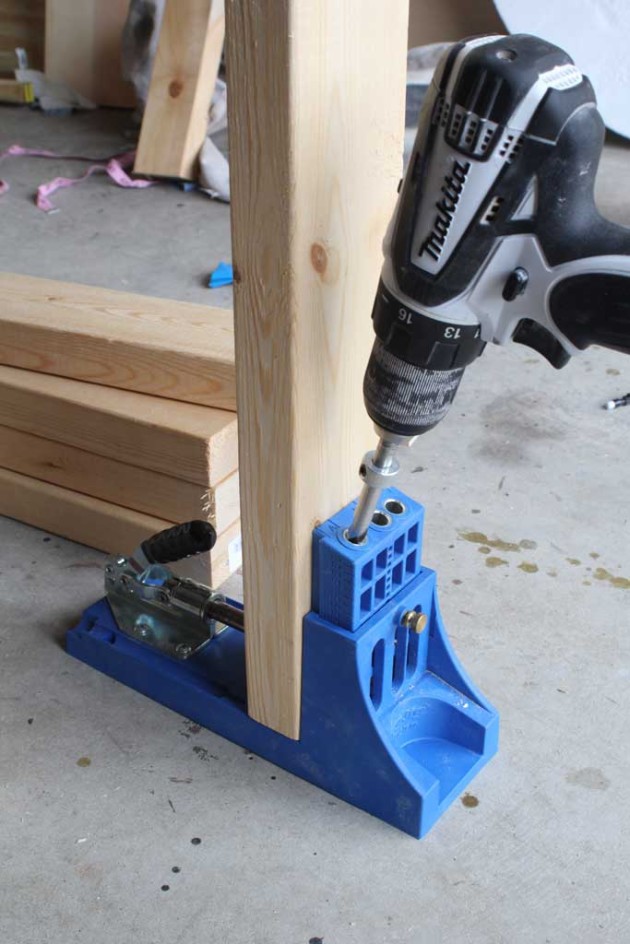
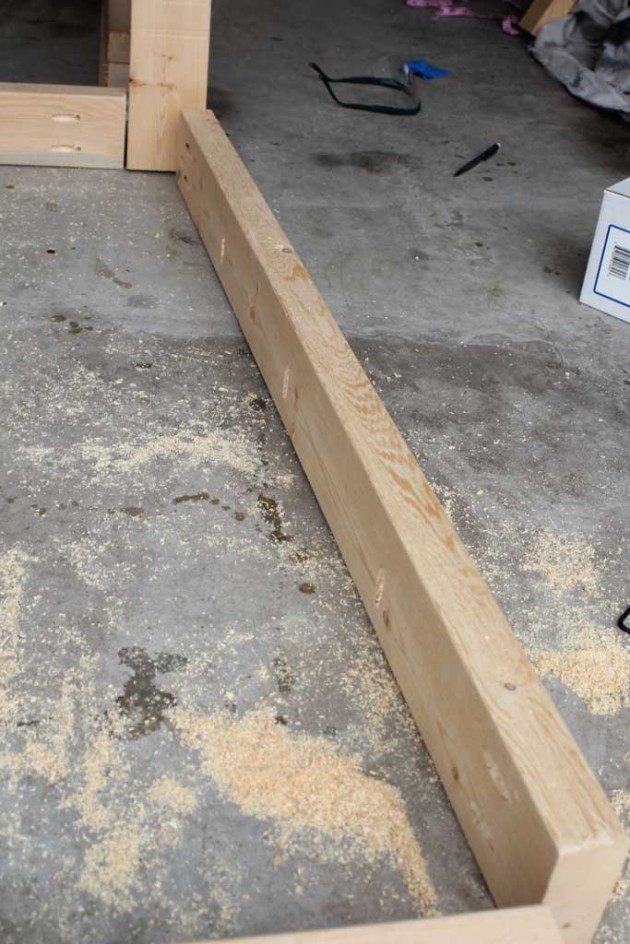
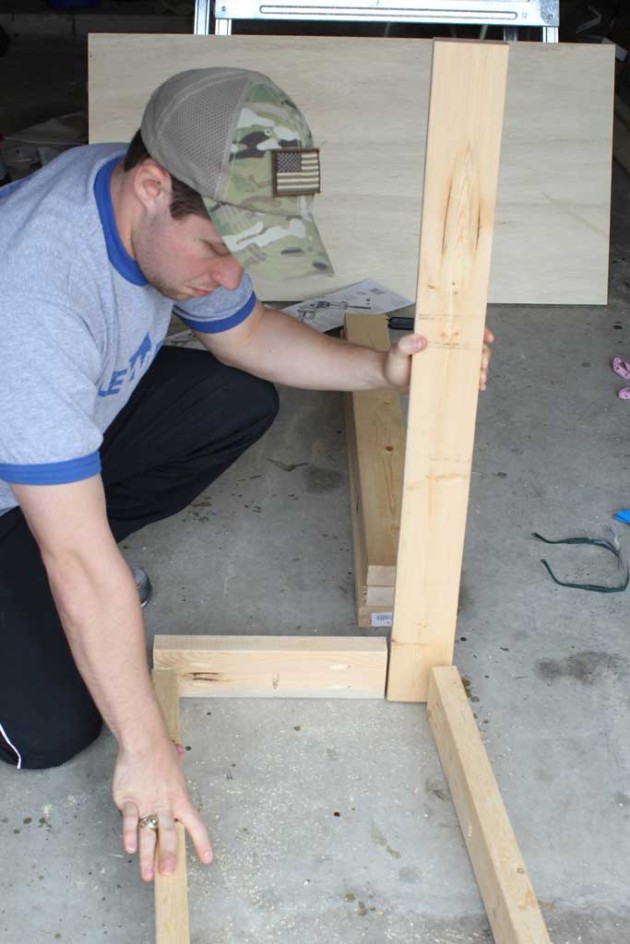
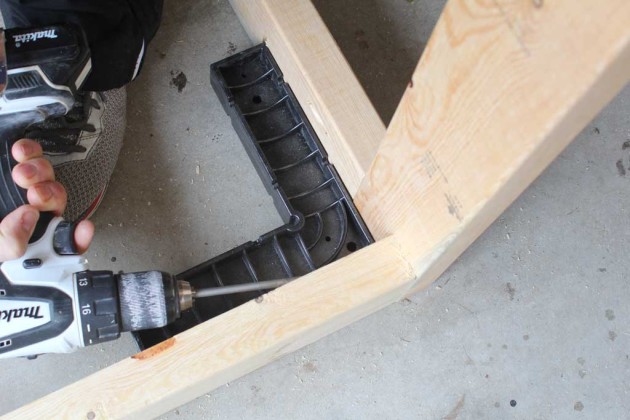
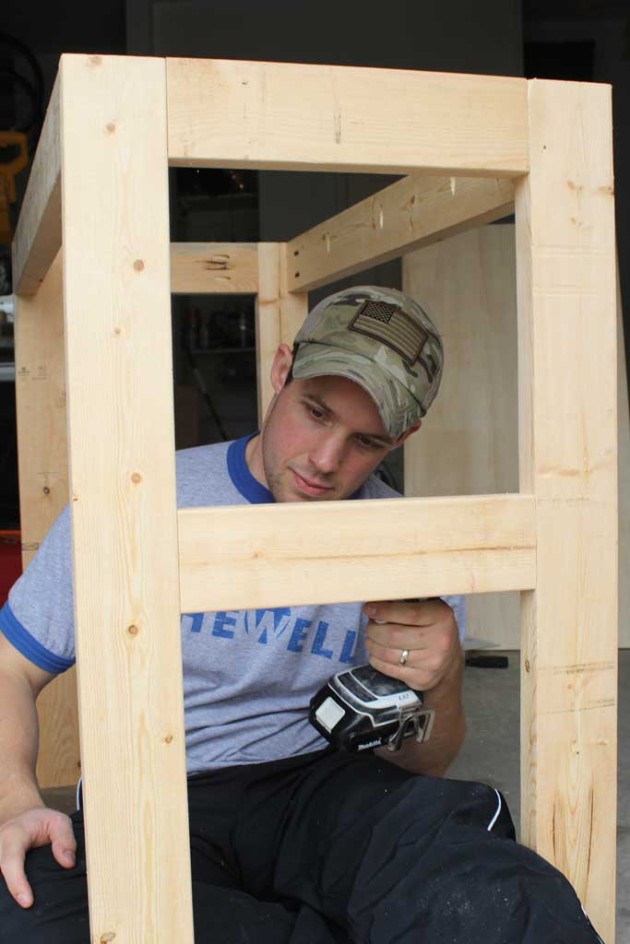
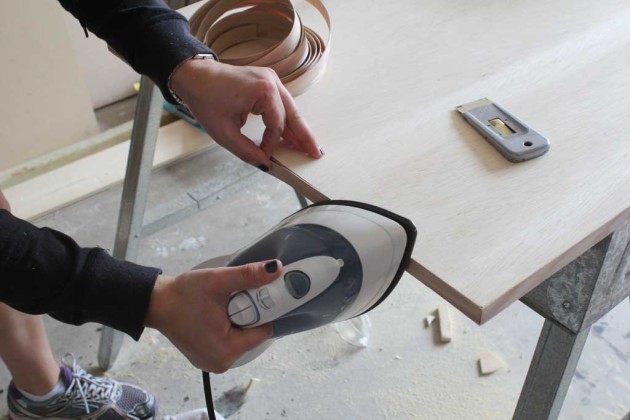
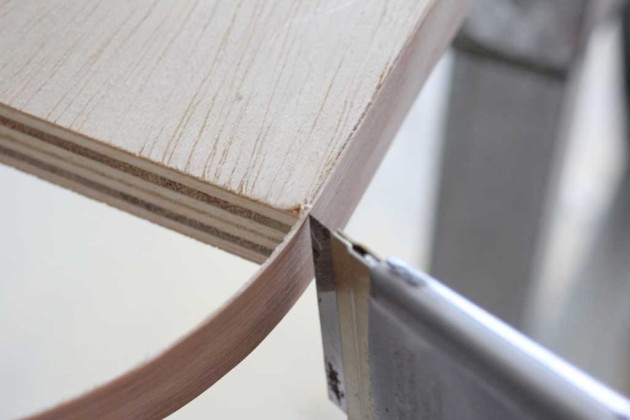
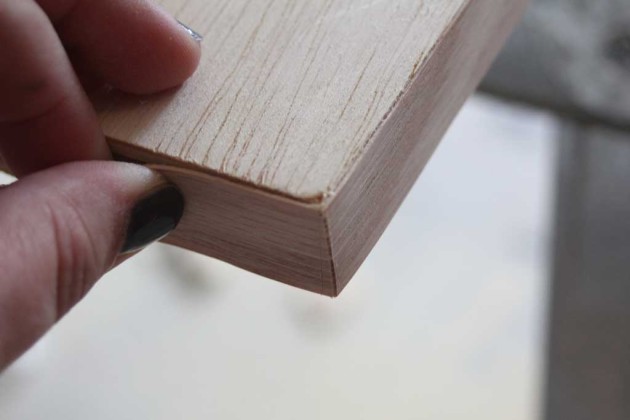
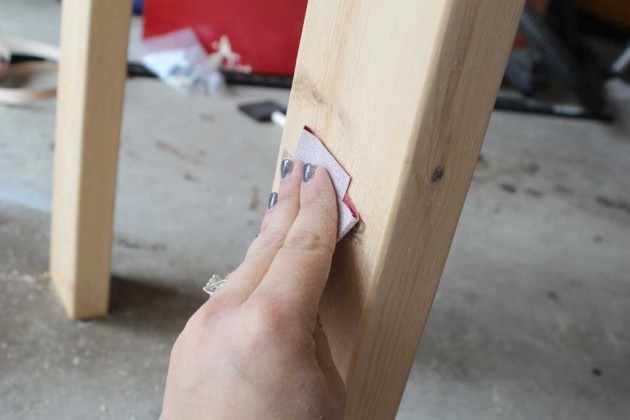
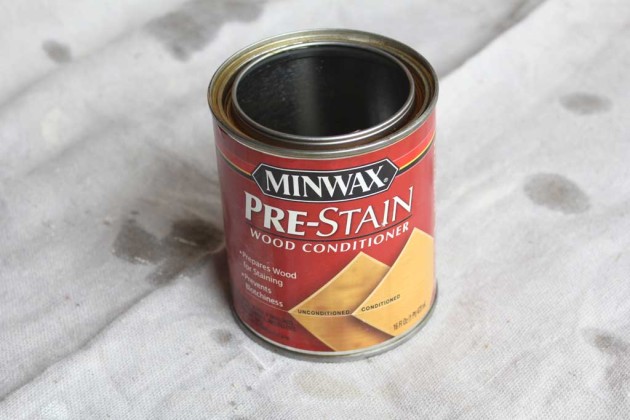
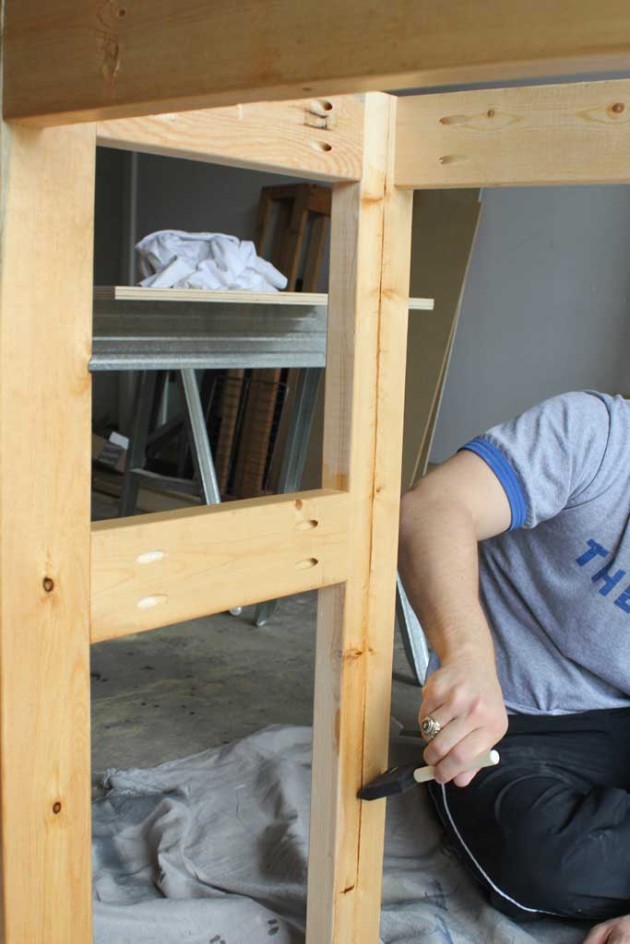
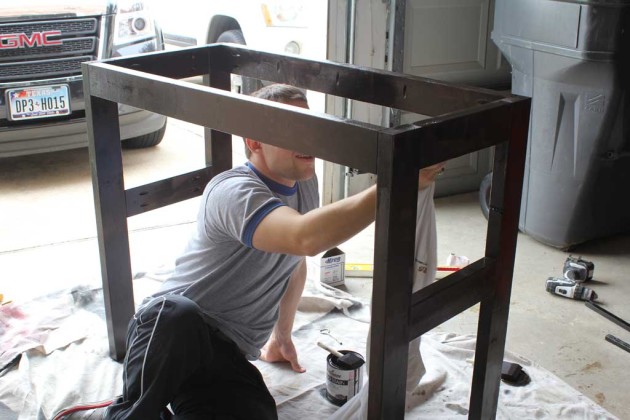
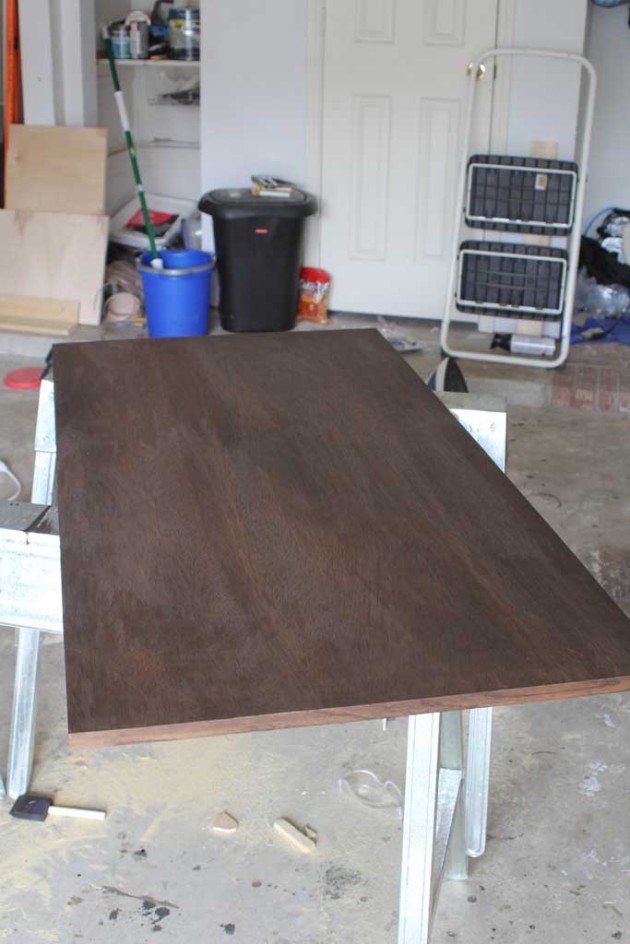
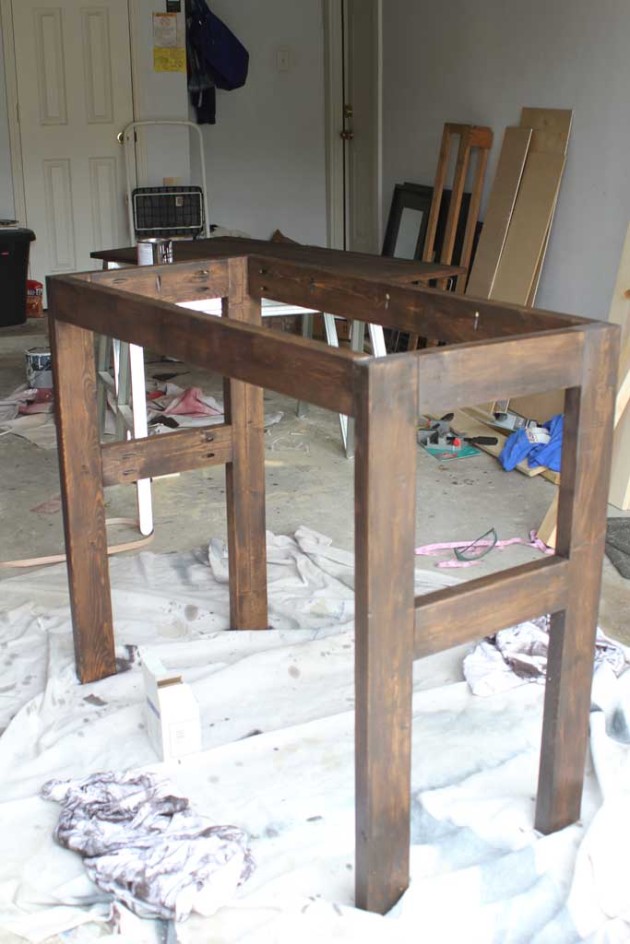
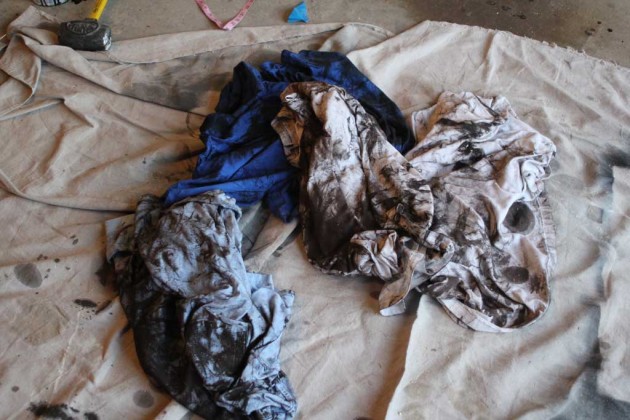
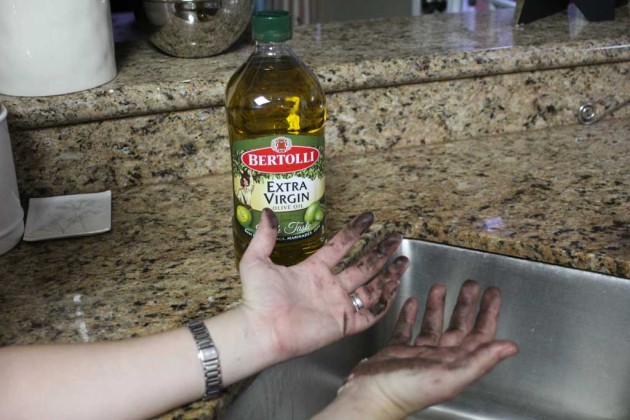
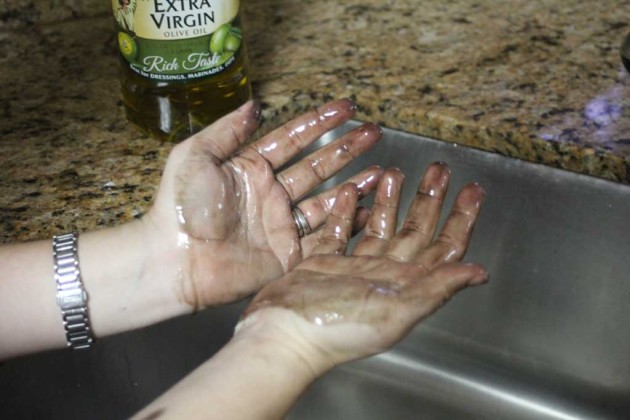
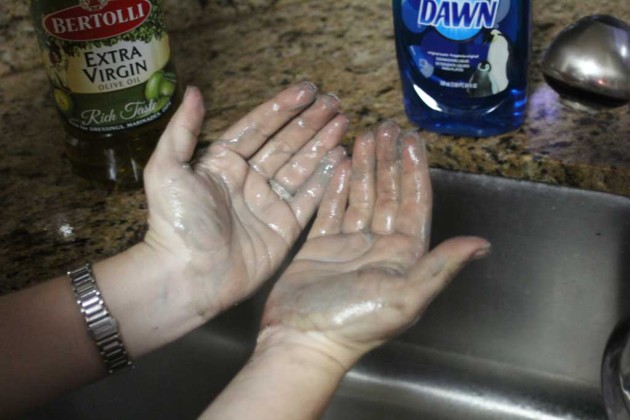
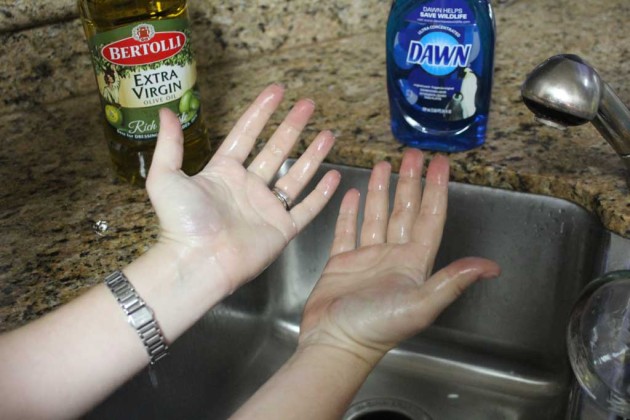

 Hi, I'm MJ! I'm a DIY kind of girl and this is where I share my projects. I'm taking you along for the ride as I learn how to do woodworking, sew, bake, and renovate!
Hi, I'm MJ! I'm a DIY kind of girl and this is where I share my projects. I'm taking you along for the ride as I learn how to do woodworking, sew, bake, and renovate! 




